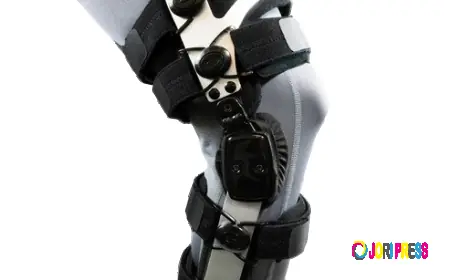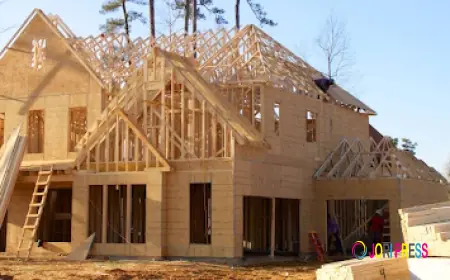Meeting Energy Standards with Heat Recovery Wheels: A Complete Overview
Find out how heat recovery wheels help HVAC systems comply with modern energy regulations through optimized airflow and reduced heating/cooling demands.

The Role of Heat Recovery Wheels in Meeting Energy Efficiency Standards
As building energy rules become more demanding each year, HVAC systems are expected to deliver higher performance with lower energy consumption. One technology playing a major role in achieving these requirements is the heat recovery wheel, also known as a heat wheel. It has quickly become a preferred solution for engineers and facility managers who want to meet strict energy efficiency standards without compromising ventilation quality.
At Conserve Solutions, we continuously promote sustainable and smart HVAC design, and heat recovery systems are at the core of this approach.
Understanding Heat Recovery
Before exploring its importance, it’s essential to understand what is heat recovery. In simple terms, heat recovery refers to transferring energy from exhaust air to fresh outdoor air. While ventilation is necessary in all buildings, replacing indoor air with fresh outside air usually increases cooling or heating load. Heat recovery technology helps minimize this energy loss.
What Is a Heat Recovery Wheel?
A heat recovery wheel is a rotating circular device placed inside AHUs or FAHUs. Many people refer to it as a heat wheel in AHU, and it is designed to absorb heat (and in some types, moisture) from the outgoing air and release it into the incoming air.
This ensures fresh air enters the building already pre-conditioned, reducing the burden on the HVAC equipment.
How Does a Heat Recovery Wheel Work?
If you’ve ever wondered how does a heat recovery wheel work, here’s the simple explanation:
-
The wheel rotates continuously between two air streams, exhaust air and fresh air.
-
As the exhaust air passes through the wheel, it transfers its heat into the wheel’s surface.
-
When the wheel rotates into the fresh air stream, it gives that heat back.
This process repeats every second, allowing the system to regain energy that would normally be wasted. This principle is also the foundation of how a heat wheel works in any HVAC setup.
Role in AHUs and FAHUs
Heat wheels are commonly used in both AHUs (where return and fresh air are mixed) and FAHUs (which handle 100% fresh air). Understanding the FAHU working principle is important because FAHUs often require more energy due to high fresh air loads.
Installing a heat wheel in AHU or FAHU drastically reduces this load, helping buildings comply with modern ventilation and energy guidelines.
Why Heat Recovery Wheels Are Crucial for Energy Efficiency Standards
1. Reduced Energy Consumption
Energy regulations focus on cutting down unnecessary power usage. Heat wheels address this directly by recovering up to 70 - 80% of energy that would otherwise be wasted.
2. Support for Green Building Certifications
Certifications such as LEED, GRIHA, and ECBC emphasize efficient ventilation. Heat recovery wheels help buildings score higher in energy credits and meet sustainability targets.
3. Better Indoor Air Quality Without Higher Costs
Standards now demand higher fresh-air supply for healthier indoor environments. A heat recovery wheel allows increased ventilation without increasing HVAC size or energy bills.
4. Lower HVAC Equipment Load
By pre-conditioning fresh air, heat wheels reduce the cooling and heating load on compressors, coils, and chillers. This helps systems stay within prescribed efficiency limits.
5. Reduced Carbon Footprint
By decreasing energy use, heat wheels directly support global decarbonization goals and help buildings meet environmental compliance requirements.
Final Thoughts
Heat recovery wheels play a vital role in helping buildings meet today’s strict energy efficiency standards. Their ability to reclaim energy, improve ventilation performance, and reduce operational costs makes them an essential addition to modern HVAC systems. At Conserve Solutions, we continue to promote the adoption of heat recovery technologies to support sustainable, cost-effective, and efficient building solutions.
What's Your Reaction?
 Like
0
Like
0
 Dislike
0
Dislike
0
 Love
0
Love
0
 Funny
0
Funny
0
 Angry
0
Angry
0
 Sad
0
Sad
0
 Wow
0
Wow
0




















































